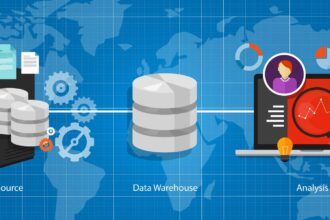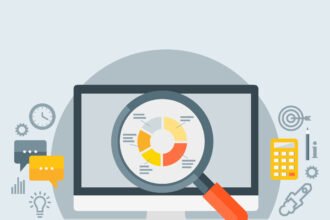Customer insights are invaluable. Nothing beats being able to pull back the curtain and peer into the minds of an audience. However, getting to this point is challenging for many businesses. Online surveys are useful, but they must be developed and executed correctly.
The Perks of Using Online Surveys
You?re familiar with surveys, right? You?ve been on the participant side of them quite a few times and perhaps even handed out a few of them. But as you know, most surveys are awkward and cumbersome. They require time, explanations, commitment, and follow-through. As a result, businesses often avoid them like the plague. But the way in which surveys are made, implemented, and analyzed has changed. Online surveys now allow for a frictionless experience on both sides of the table. This takes them from painful to practical. If you?re on the fence about using online surveys, lean in and familiarize yourself with the following benefits:
- Cost-effective. Let?s go ahead and get this out of the way: Online surveys are extremely cost-effective. There?s no paper, no need to pay for physical distribution, and it?s easy to target lots of people at one time.
- Reach and scalability. Perhaps the biggest benefit of online surveys is that they?re scalable. You can reach as many people as you want (assuming you have the right distribution channel in place). Whether you?re looking for a small, yet specific group of respondents, or a large, diverse array of participants, online surveys give you the option to do whatever you want.
- Anonymous. People often get nervous about responding to surveys when there?s a person observing or manually collecting results. Even if they?re guaranteed anonymity, it?s sometimes hard to trust what?s actually happening behind closed doors. With online surveys, there?s a greater sense of privacy and protection. Respondents can fill out surveys in the privacy of their own homes and on their own devices.
- Fast and efficient. With online surveys, there?s no delay between when survey data is received and when it?s tabulated. You can even add up results in real-time. This is extremely useful in situations where you need quick data.
4 Tips for Effective Surveys
Surveys are extremely beneficial for businesses ? particularly small businesses that don?t always have access to the same amount of data that larger organizations find themselves swimming in. But if you?re going to make the most out of your efforts, it?s important that you fine-tune your approach. Here are some suggestions:
1. Start With Your Purpose
Never begin a survey without first identifying the underlying purpose and setting clear objectives. If your approach is too vague, you?ll end up with generic data that yields minimal value. A survey goal should be a SMART goal. In other words, it needs to be specific, measurable, attainable, realistic, and time-sensitive. It?s also important that every person on the survey team is aware of the purpose so that they can bring their priorities in alignment with the intended outcome.
2. Use an Online Survey Tool
The beauty of using online surveys is that you can streamline much of the process. Online survey tools make it easy to develop surveys, share them with participants, and analyze results. Drag?n Survey is one of the easiest tools to use. It has a drag ?n drop builder that makes it easy to manipulate various elements and move them around into the right structure and ordering. But regardless of what online survey tool you use, be sure it has a powerful data analysis system built in. This is what sets the good solutions apart from the average ones.
3. Keep it Simple
The hardest part about creating a survey is learning how to simplify the end product so that it?s easy and digestible for respondents. While there may be lots of information you want to collect, you have to go about it in a manner that?s simple, concise, and friendly. If things become too overwhelming, people will either quit or speed through and provide inaccurate results. Only ask for what you need! 4. Give it a Test Drive You wouldn?t invest money in a new car and then drive it off the lot before giving it a test drive, would you? Well, why would you spend time and money building out a survey only to implement it without a test drive to gather feedback? Ask for some input from colleagues, business partners, family, or friends. See if there are any issues and correct them prior to launching the real thing.
3 Bonus Options for Gathering Customer Data
Online surveys are just one way to gather customer data. There are plenty of other options, including:
- Platform-specific analytics. The growth of big data means you have access to lots of online information. From your website to the social media platforms you use, there are typically built-in analytics solutions that allow you to analyze who is interacting with your brand and how they?re interacting with you. (Google Analytics would be an example of an analytics tool that provides data about your website traffic.)
- Customer service logs. Your company?s own customer service records represent an untapped resource that?s swimming with data. By reviewing logs, you can see how customers have interacted with your sales and support team in the past. This will help you see what?s working, what?s broken, and where there?s room for improvement (both in the product and in your customer service efforts).
- Commissioned research studies. If you want to open up your wallet and get some detailed research on a very specific topic that?s challenging to engage customers on, a commissioned study from a research firm may be worth the expense.
Using a mixture of different data collection methods will allow you to formulate more precise and accurate insights into who your customers are and what they want.
Give Your Business an Edge
Surveys can give your business important data that?s concrete and objective. Used appropriately, it will allow you to make important marketing and sales decisions that propel your brand ahead of the competition. Don?t wait any longer ? start using online surveys right away!









